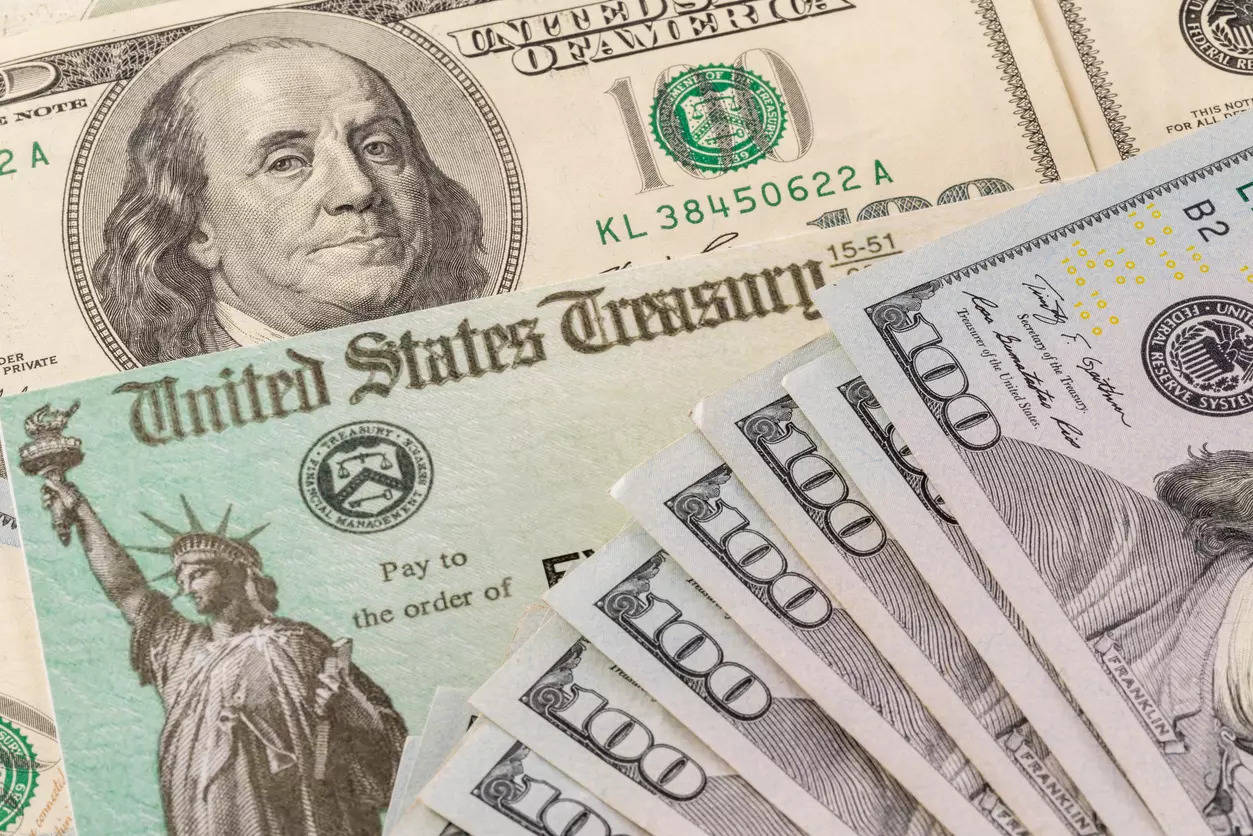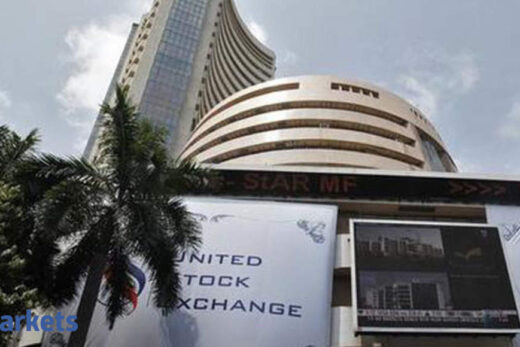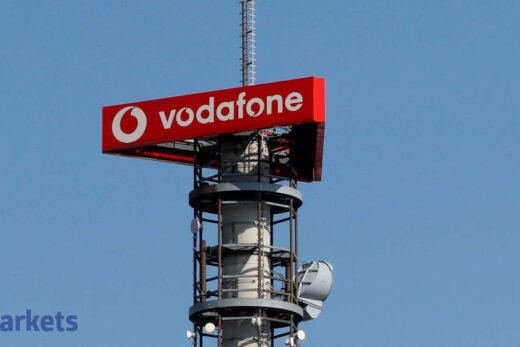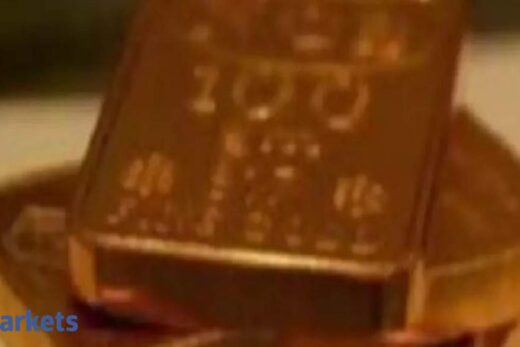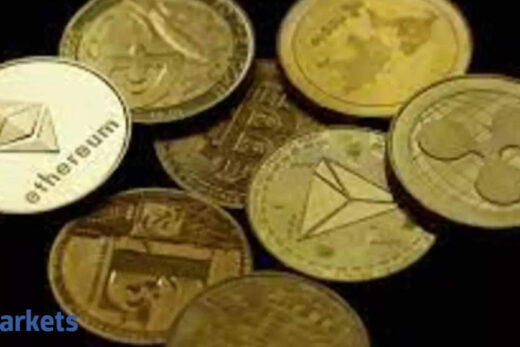Boston Fed President Susan Collins said she’s eyeing two rate cuts this year amid expectations it could take some time to get inflation back to policymakers’ 2% target, adding her voice to other Fed officials who have recently pushed back on market views for a quick cut to interest rates.
Collins’ remarks followed a speech in which she said the U.S. central bank is likely to cut its policy rate at some point this year but that uncertainties and risks around inflation mean the Fed needs to take its time before doing so.
Treasury buying also was spurred by dour results from several large U.S. banks, including JPMorgan, the biggest U.S. bank by assets, which kicked off the first-quarter earnings season on Friday. Heightened geopolitical risks in the Middle East also played a part, analysts said.
“What’s happening today is a combination of worries about geopolitical risk, especially in the Middle East over the next several days,” said Gennadiy Goldberg, head of U.S. rates strategy at TD Securities in New York.
“A lot of investors don’t want to be holding risky assets heading into the weekend and there’s a little bit of disappointment on some of the bank earnings as well.” Treasury yields, which move inversely to their price, soared on Wednesday after a hotter-than-expected report on the consumer price index. The two-year Treasury’s yield surged past 5% on Thursday as futures slashed bets on the number of Fed rate cuts to two and pushed back the start of the easing cycle to September from expectations of June.
Market bets on the Fed cutting its target rate in June fell to 25.8%, down from 53.2% last week, according to the CME Group’s FedWatch Tool.
The yield on two-year Treasury notes, which typically moves in step with interest rate expectations, was unchanged at 4.892% while the benchmark 10-year note’s yield fell 7 basis points to 4.509%.
“Some investors are buying the dip, so to speak, and making sure that they get in at these highly attractive levels,” Goldberg said. “There’s a lot of uncertainty as to what happens next. A lot of investors are debating whether rate cuts are still possible this year.”
The difference in two- and 10-year Treasury yields, seen as a recession harbinger when a shorter-duration yield is higher, or inverted, than longer securities, was at -38.5 basis points.
The yield on the 30-year bond fell 5 basis points to 4.611%.
